Introduction de racleurs pour pipeline
Les racleurs de nettoyage de canalisations jouent un rôle crucial dans l’entretien des systèmes de transport de fluides. Ils assurent la propreté interne des tuyaux. Essentiellement, ces racleurs balaient et nettoient l’intérieur du pipeline, éliminant les débris accumulés et prévenant la corrosion.
De plus, ces appareils de nettoyage varient en complexité, allant de simples écouvillons en mousse à des porcs intelligents complexes. Chaque type a un objectif de nettoyage spécifique. Lorsqu’ils traversent le pipeline, ils inspectent également les anomalies, ce qui appuie les stratégies de maintenance proactives. Cette double fonctionnalité renforce l’efficacité et la sécurité des pipelines.
Types de racleurs pour pipelines
Il existe de nombreux types de porcs, en fonction du matériau et de la construction. Boulettes de porc courantes, cochon en mousse, cochon squelette, cochon tout en polyuréthane, etc.
Différents porcs peuvent être sélectionnés en fonction de la situation réelle.
Le porc squelette est le porc le plus couramment utilisé dans le pays et à l’étranger. Sa co-configuration comporte un squelette central, sur lequel diverses pièces auxiliaires sont installées pour répondre à diverses exigences. Il convient de noter qu’en raison de la différence d’équipement de transport, le porc d’aujourd’hui a aussi souvent d’autres fonctions que le raclage, telles que la détection, le positionnement, le comptage, etc.
Cochons d’écume
Les racleurs à mousse offrent simplicité et polyvalence, ce qui les rend adaptés à une variété de tâches de nettoyage dans les pipelines. Ils peuvent naviguer facilement dans les virages et peuvent également assurer l’étanchéité pendant les opérations.
Cochons à disque
Ensuite, les racleurs à disques sont dotés de disques circulaires en caoutchouc qui s’adaptent aux irrégularités des canalisations, raclant efficacement les parois pour un nettoyage en profondeur.
Tasse de cochons
Enfin, les racleurs à godets utilisent des coupelles en caoutchouc flexible pour sceller contre la paroi du tuyau, délogeant les débris avec une force ciblée lorsqu’ils se déplacent.
Méthode et principe
Les méthodes courantes de raclage des oléoducs de pétrole brut sont divisées en méthodes physiques et en méthodes chimiques. La méthode chimique consiste à ajouter un tensioactif ou un modificateur de cristal de cire au pétrole brut pour empêcher les cristaux de cire de se condenser ou de continuer à se déposer. Cependant, la méthode d’ajout de produits chimiques est coûteuse et peu économique. Par conséquent, il est couramment utilisé dans la production de porc physique, c’est-à-dire de porc.
Le principe du raclage physique consiste à envoyer le racleur (également connu sous le nom de boule de cochon) dans l’oléoduc de pétrole brut et à le faire bouger avec le transport de pétrole brut dans l’oléoduc. Étant donné que la partie de contact entre le racleur et la paroi du tuyau est généralement faite d’un matériau élastique et que le diamètre est légèrement supérieur au diamètre du tuyau, le bord extérieur et la paroi intérieure du tuyau peuvent être scellés élastiquement dans le tuyau. Lorsque le fluide de transport de tuyaux pousse le racleur vers l’avant, le racleur lui-même ou la machine qu’il transporte produira un effet de raclage et de récurage sur la paroi du tuyau, pour éliminer le tartre ou les sédiments dans le tuyau.
La nécessité de nettoyer les tuyaux
Après une certaine période d’utilisation, un mélange de paraffine, de gomme, de condensat, de sable et d’autres impuretés (formation de cire) d’une certaine épaisseur qui n’est pas facile à écouler se déposera sur la paroi interne de l’oléoduc de pétrole brut, ce qui entraînera le diamètre réel de l’oléoduc de pétrole brut, la capacité de transport est affaiblie et la friction est augmentée, ce qui augmente considérablement la consommation d’énergie du système et réduit la qualité du transport. La teneur en cire du pétrole brut domestique est élevée et la formation de cire sur les parois des tuyaux est particulièrement évidente pendant le transport. Dans les cas graves, le pétrole brut peut perdre de sa fluidité, ce qui entraîne des accidents majeurs dans les conduites de condensat [1]. Par conséquent, en plus de prendre les mesures nécessaires pour empêcher le pétrole brut de former de la cire dans l’oléoduc, il est également très important de pigner régulièrement l’oléoduc de pétrole brut.
Étapes pour nettoyer le tuyau
Avant le nettoyage, une organisation complète et un travail technique doivent être effectués. Les étapes générales sont les suivantes :
- Préparer la cire de nettoyage et analyser l’état de travail
- déterminer la position de lancement et de réception du racleur et de réception du racleur
- Sélectionnez le cycle de raclage de chaque section
- Sélectionnez le type de porc
- émetteur-récepteur racleur
Importance des racleurs pour les pipelines
Le nettoyage des tuyaux est essentiel pour maintenir l’efficacité du débit et protéger contre la corrosion. Il assure la longévité de l’infrastructure pipelinière. Un nettoyage régulier empêche l’accumulation qui peut entraîner des blocages, protégeant ainsi contre les arrêts coûteux.
Par conséquent, les porcs sont des outils inestimables à cet effet. Ils éliminent les contaminants et les dépôts avec précision. Ces appareils jouent également un rôle clé dans l’inspection des pipelines, en détectant les problèmes avant qu’ils ne s’aggravent. Leur utilisation améliore considérablement la sécurité et la productivité des pipelines.
Conclusion
En conclusion, l’utilisation diligente des racleurs de pipeline est la pierre angulaire de la gestion des réseaux de pipelines, car elle permet d’assurer l’intégrité et l’efficacité opérationnelles. En employant différents types de racleurs, de la mousse au godet en passant par le disque, les opérateurs peuvent répondre à un large éventail de besoins de nettoyage et d’entretien, en adaptant leur approche aux exigences uniques de chaque pipeline. La méthode de raclage physique, en particulier, s’est avérée être un moyen rentable et fiable de maintenir le débit et d’empêcher le dépôt de substances obstructives. En tant qu’élément vital de l’industrie pétrolière et gazière, les pipelines nécessitent des mesures proactives pour minimiser les temps d’arrêt et maximiser la productivité. L’adoption de toute la gamme des technologies de raclage n’est pas seulement une question de maintenance, mais un impératif stratégique pour les entreprises du secteur de l’énergie qui cherchent à optimiser leurs opérations et à assurer le transport en toute sécurité de leurs produits.


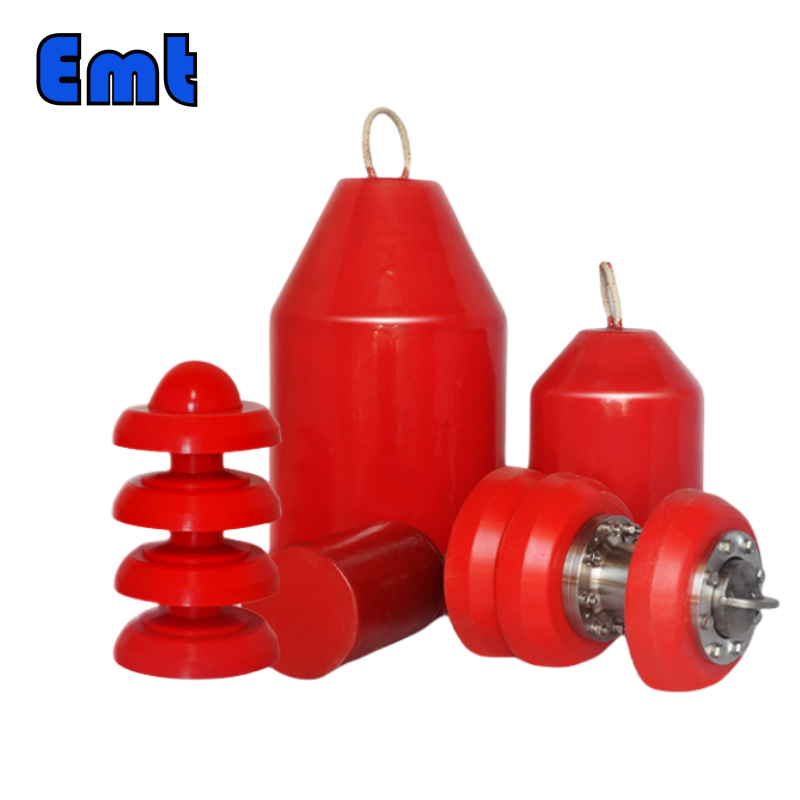
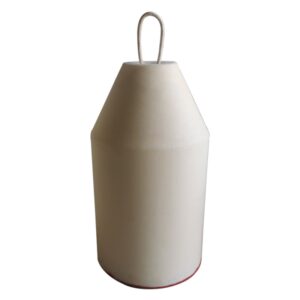
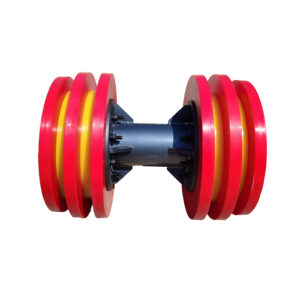

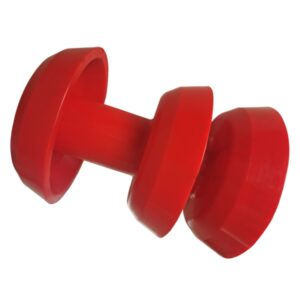
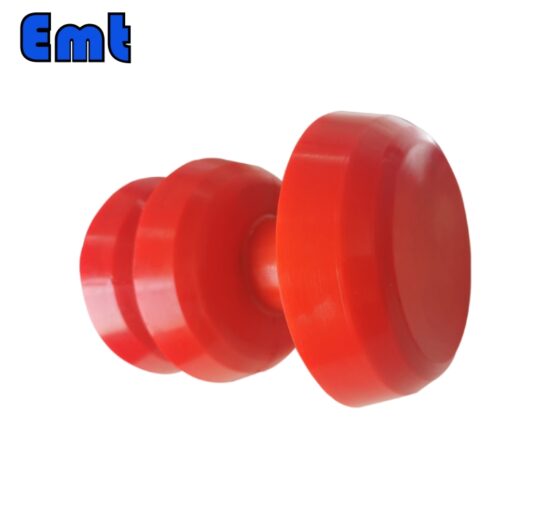

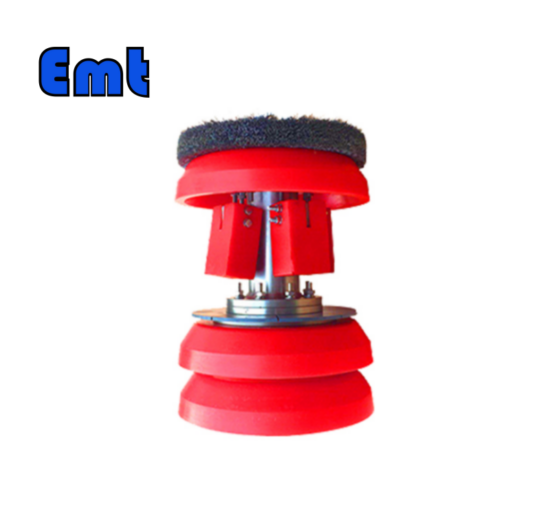
Il n’y a pas encore d’avis.